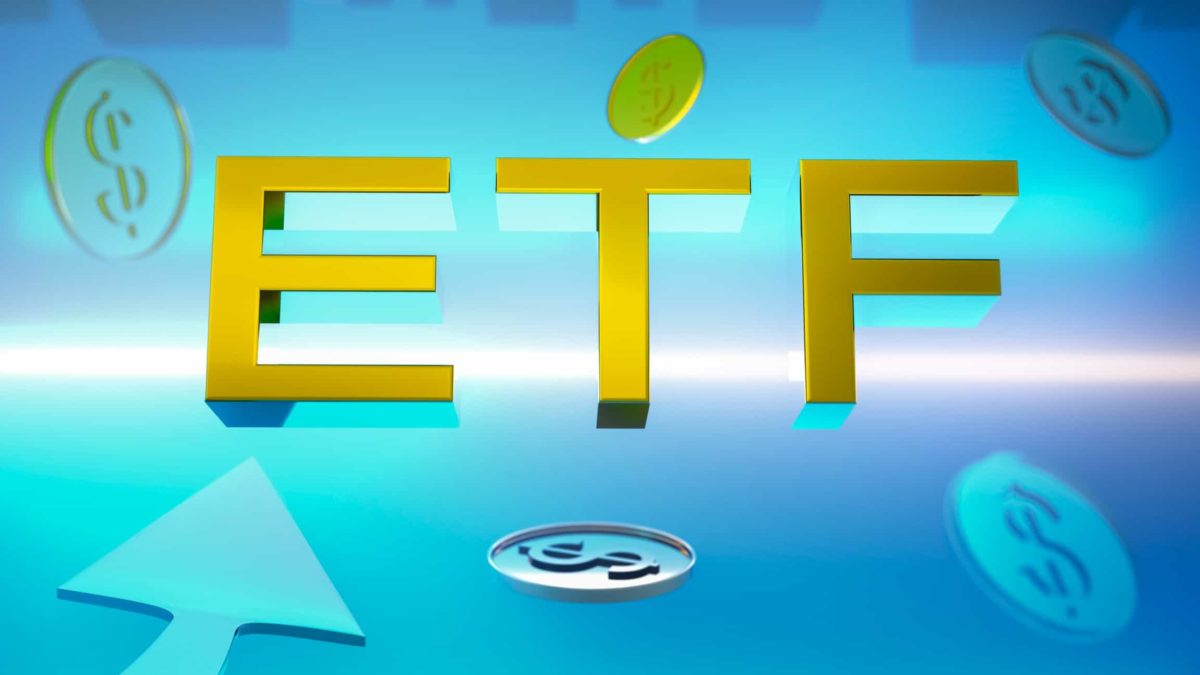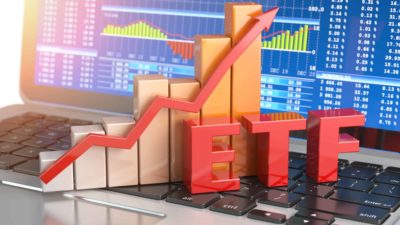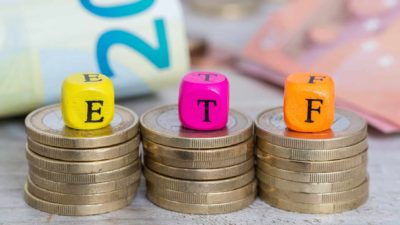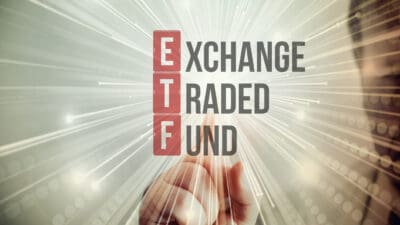ASX-listed exchange-traded funds (ETFs) are a great way to get diversified exposure to businesses with good capital growth potential.
The ASX is known for its appealing dividend yields, which are a result of the typically higher dividend payout ratios and the bonus of franking credits.
However, the global economy is much bigger than the Australian economy, so globally-focused businesses can deliver good earnings growth (and capital growth) over time.
Vaneck Morningstar Wide Moat ETF (ASX: MOAT)
This is one of my favourite ASX-listed ETFs because the investment strategy results in the portfolio being high-quality and supposedly good value.
The focus by the investment team is on quality US companies that Morningstar believes have "sustainable competitive advantages, or wide economic moats". That boils down to owning businesses that not only have moats, but in the analysts' eyes are almost certainly going to endure over the next decade and more.
The MOAT ETF only invests in companies that are trading at an attractive price compared to Morningstar's estimate of fair value.
Since it started in June 2015, it has achieved an average return per annum of 16%, though past performance is not a guarantee of future returns.
Vanguard All-World ex-US Shares Index ETF (ASX: VEU)
I like Vanguard's efforts to reduce investment costs for investors as much as possible. It has an annual management fee of just 0.08%.
This particular ASX-listed ETF invests in the global share market outside of the US.
There are very good companies outside of the US and Australia that are worth investing in, such as Taiwan Semiconductor Manufacturing, Novo Nordisk, ASML, Nestle, Samsung, Tencent, Novartis, Roche and LVMH. Those are many of the top 10 holdings.
The ASX-ETF has a total of approximately 3,700 holdings, which is an enormous amount of diversification.
The VEU ETF hasn't been the strongest performer, but it gives investors very cheap exposure to a number of markets, namely in Europe and Asia. For investors with Australia and US-focused portfolios, this could be a useful way to get more diversification.
As a bonus, it comes with a decent dividend yield of 3%.









